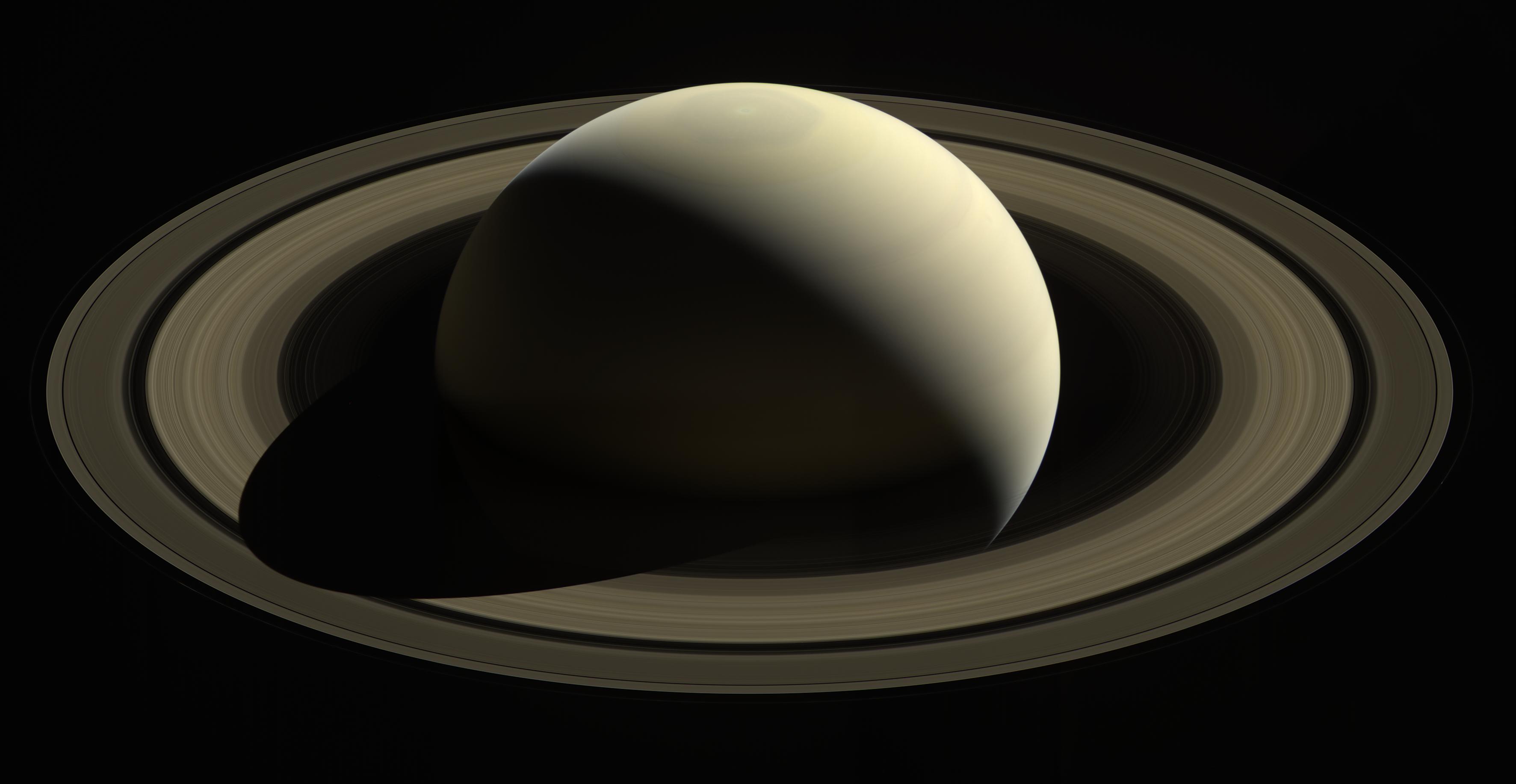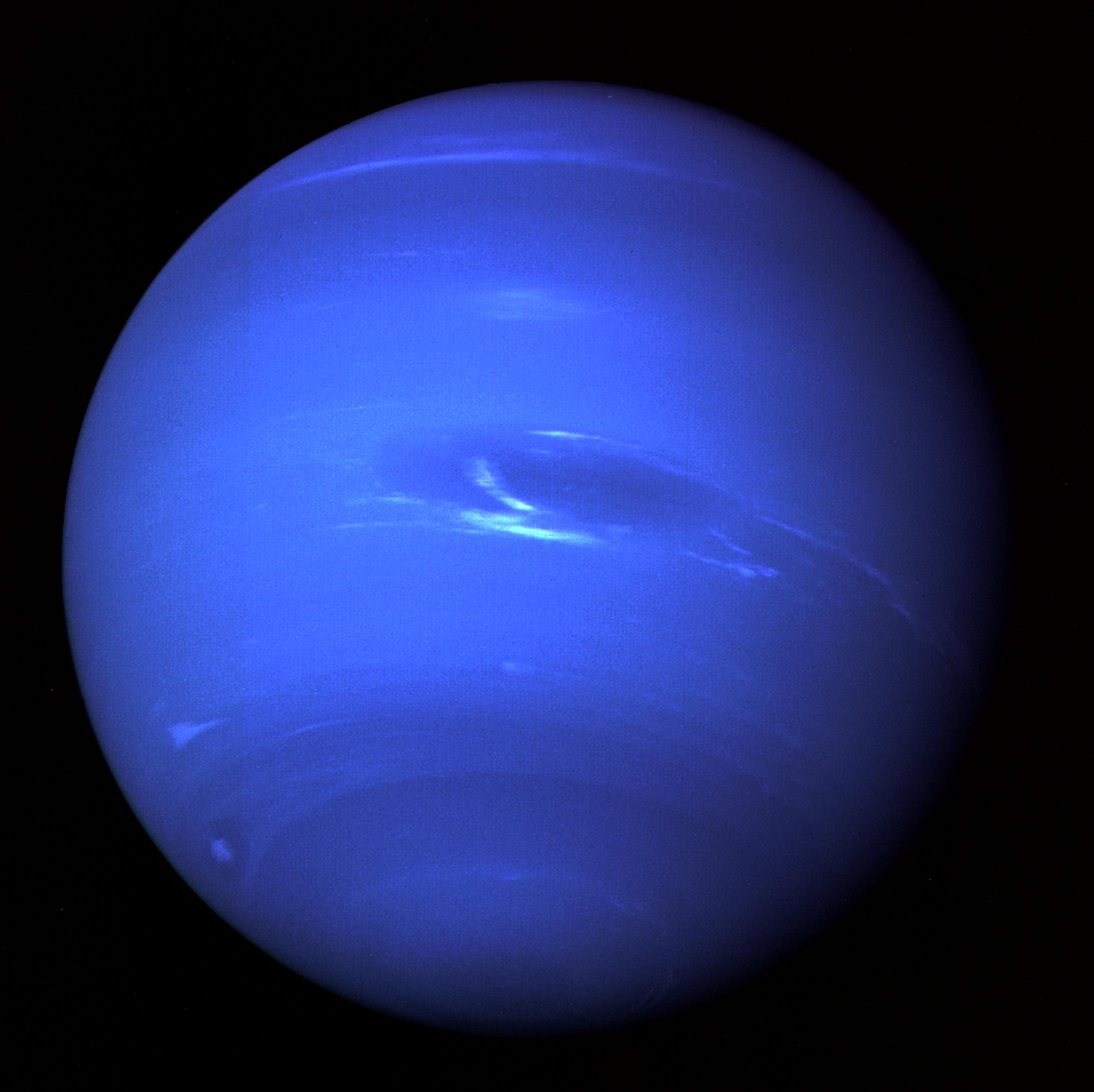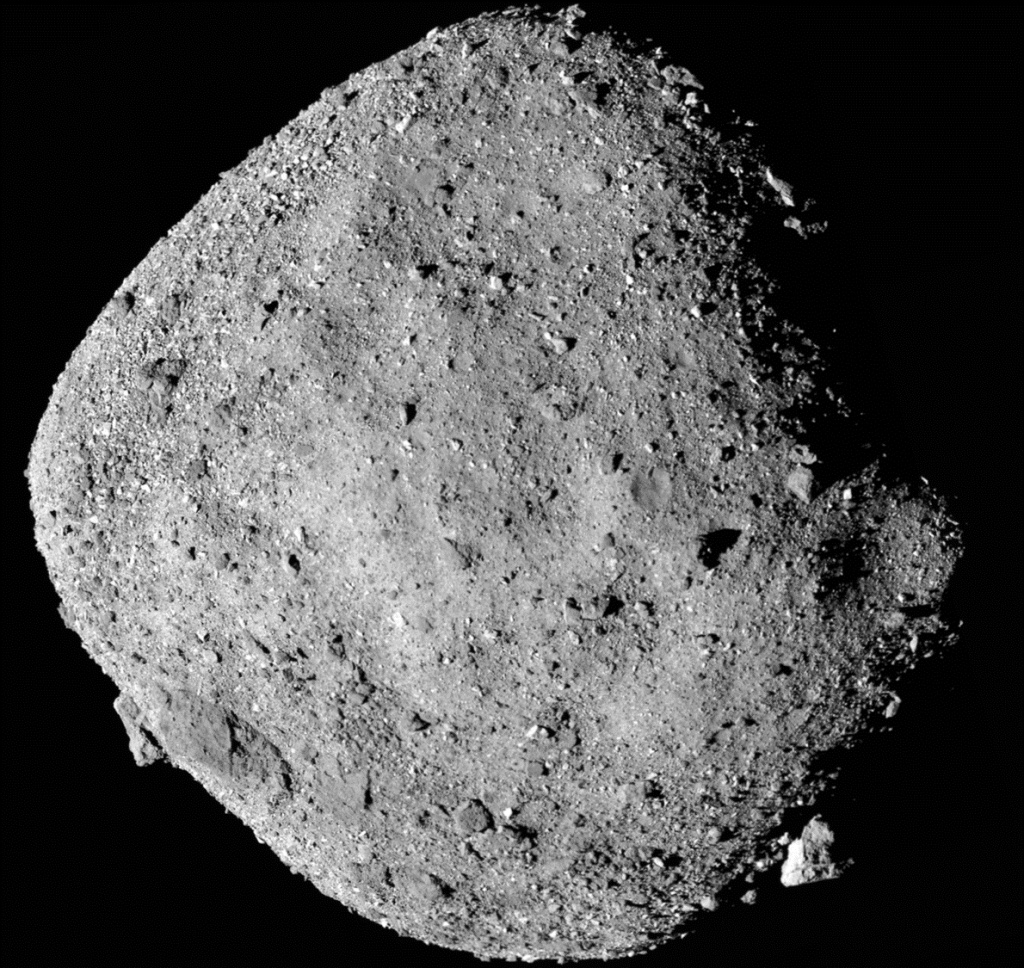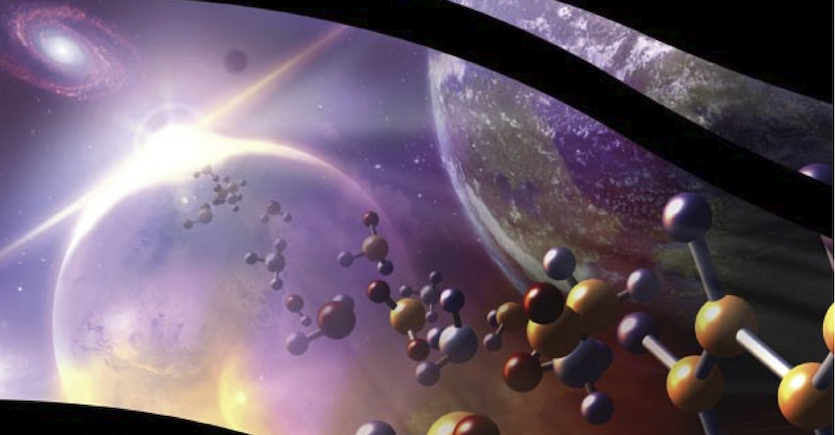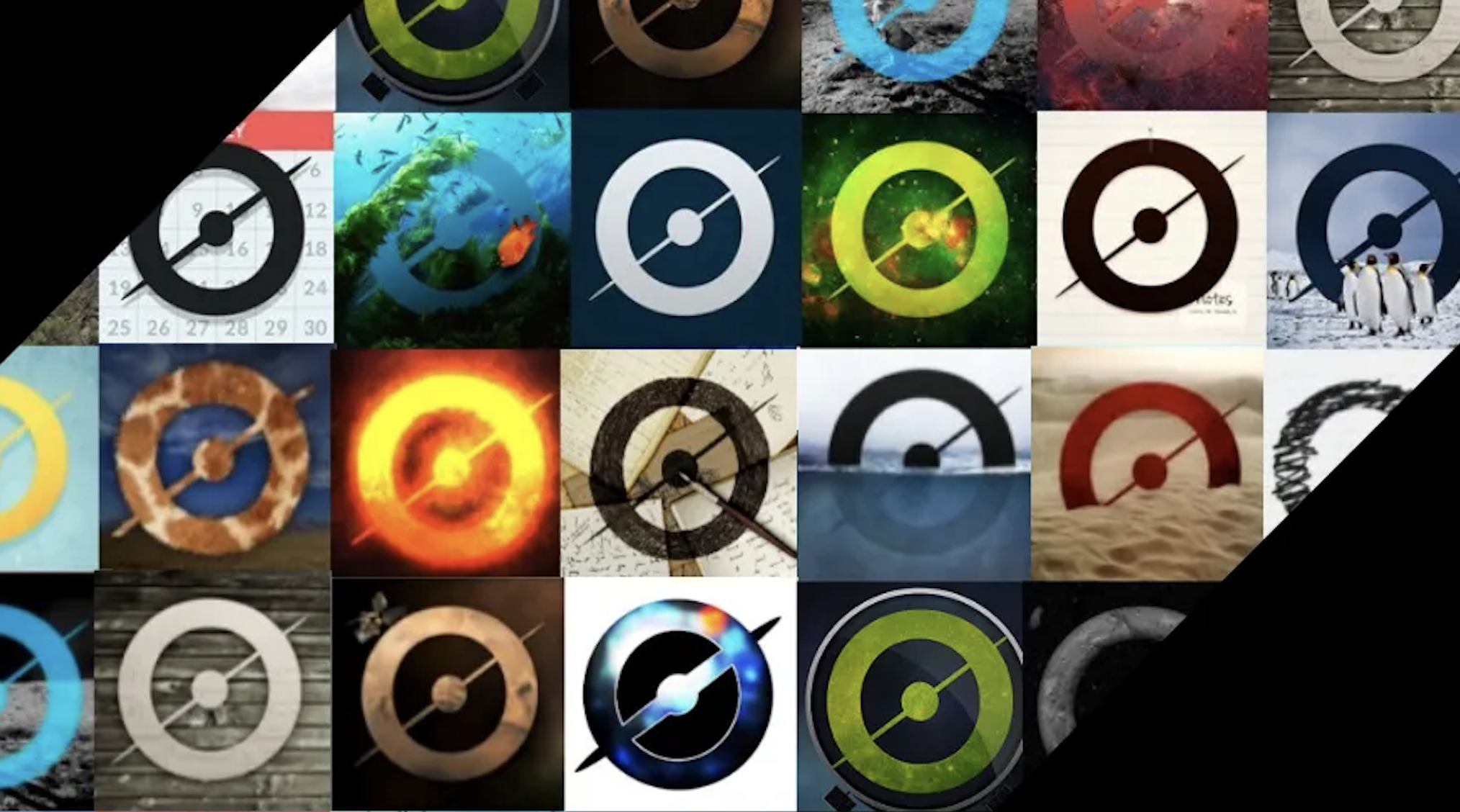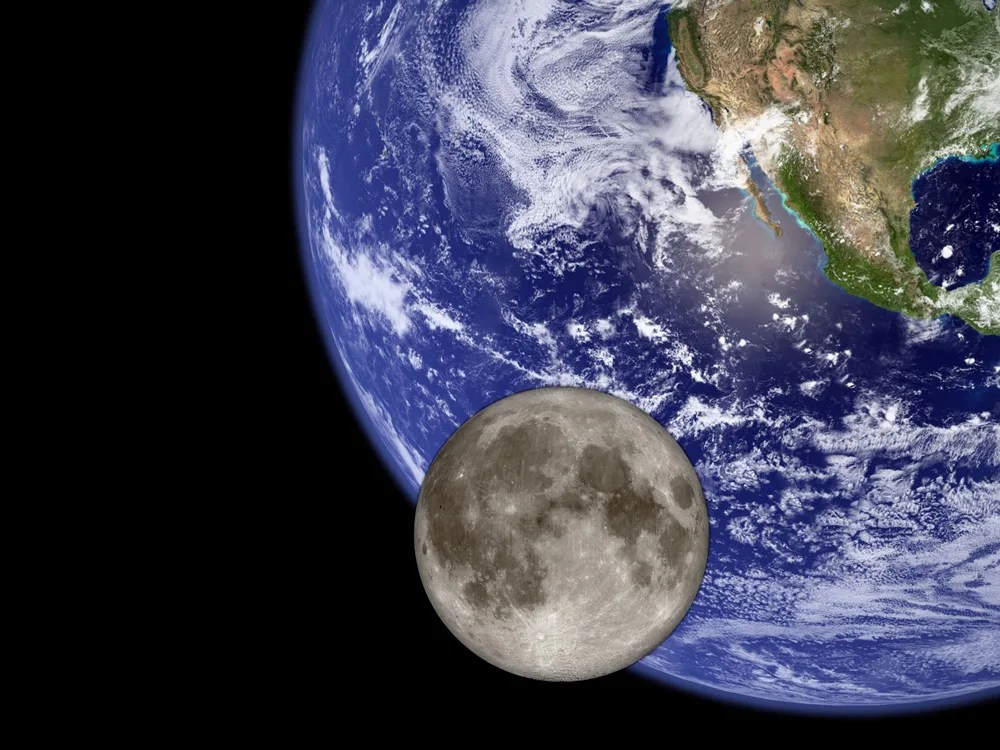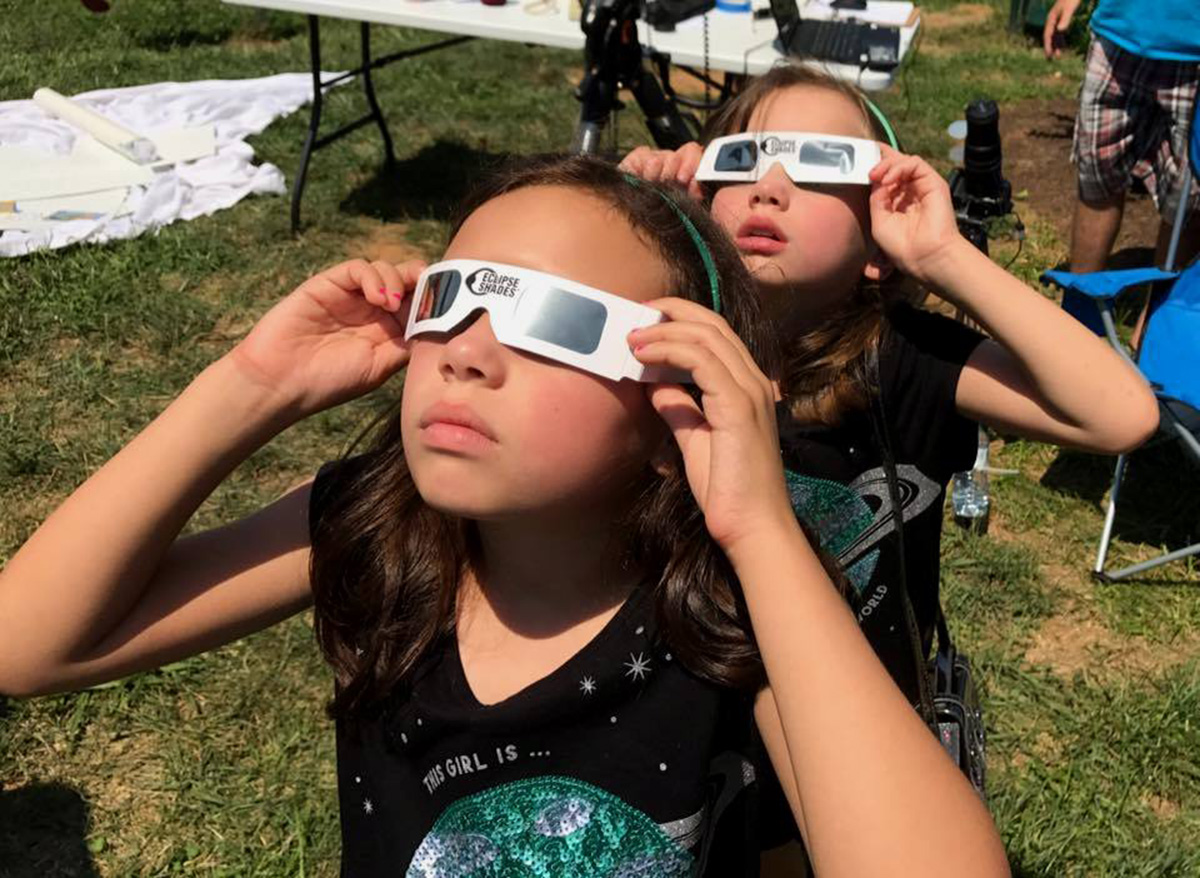Advancing Knowledge of Other Worlds
For decades, NASA’s planetary science program has advanced scientific understanding of our solar system in extraordinary ways, pushing the limits of spacecraft and robotic engineering design and operation.
NASA spacecraft have visited every planet and a variety of small bodies, and current and upcoming missions will bring back samples from exciting destinations, allowing detailed study and analysis back on Earth.
Using recommendations from the National Academies' Planetary Science and Astrobiology Decadal Survey 2023-2032 as our guide, NASA planetary science missions and research inform us about our solar system's origin and evolution, which will enable the expansion of humanity beyond Earth.
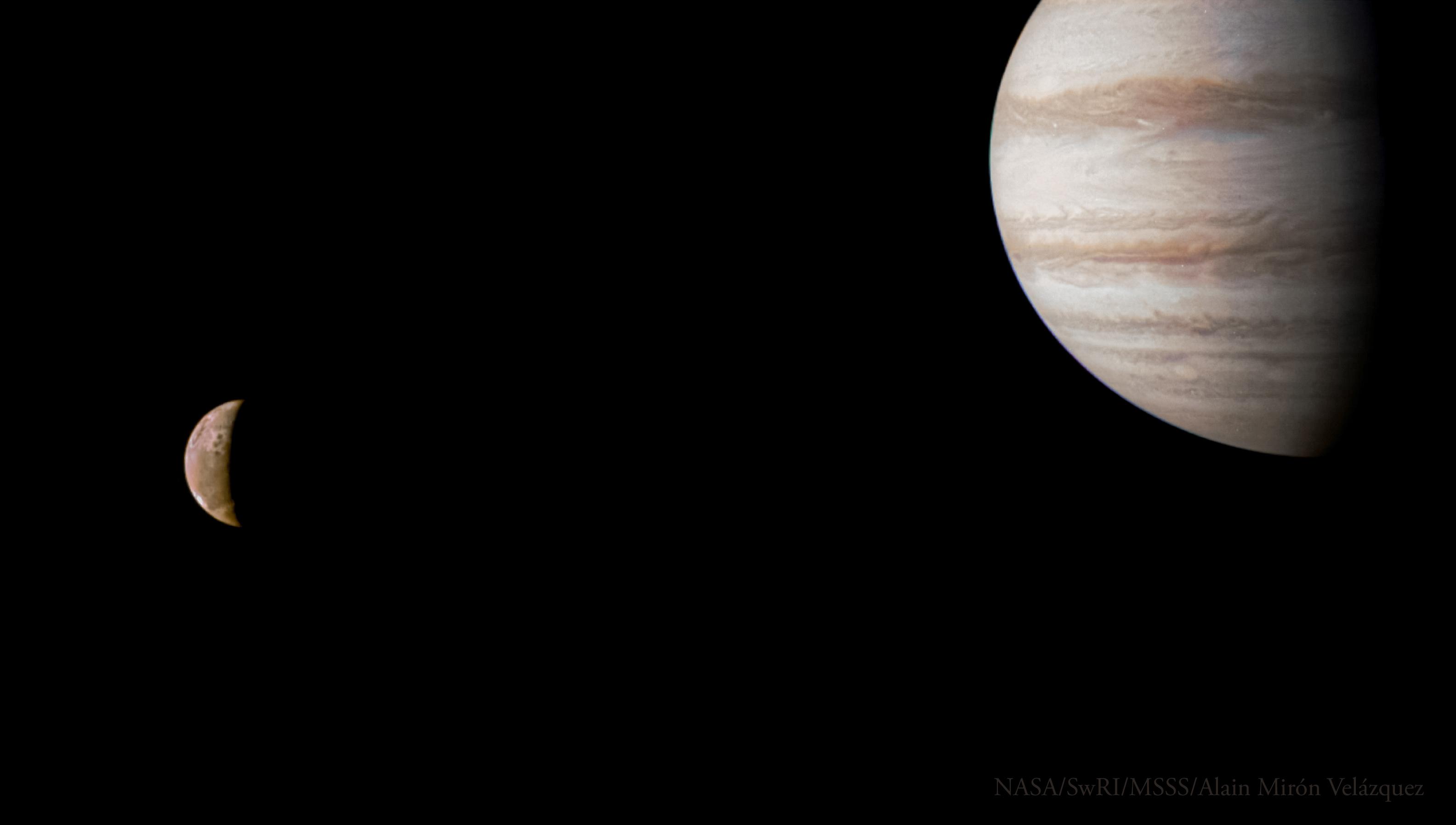
Planetary Science Happenings

NASA Scientists Gear Up for Solar Storms at Mars
In the months ahead, two of NASA’s Mars spacecraft will have an unprecedented opportunity to study how solar flares — giant explosions on the Sun’s surface — could affect robots and future astronauts on the Red Planet.

Astrobiology Graphic Novel: Becoming an Astrobiologist
This graphic novel follows the journey to becoming an astrobiologist, from what to study in school to starting a career as a scientist. Download this issue and earlier editions.

NASA Selects Students for Europa Clipper Intern Program
NASA has selected 40 undergraduate students for the first Europa ICONS internships, which match students with mentors from the Europa Clipper science team for a 10-week program conducting original scientific research.

NASA’s Dragonfly Rotorcraft Mission to Saturn’s Moon Titan Confirmed
NASA has confirmed its Dragonfly rotorcraft mission to Saturn’s organic-rich moon Titan, which allows the mission to progress to completion of final design, followed by the construction and testing of the entire spacecraft and science instruments.
Europa Clipper
NASA’s Europa Clipper mission, slated to launch in October 2024, will investigate Jupiter’s icy moon Europa, which — with its subsurface ocean — is one of the most promising places in our solar system to find environments capable of supporting life.
Learn MorePlanetary Science Missions
NASA’s robotic explorers gather data to help scientists understand how the planets formed, what triggered different evolutionary paths among planets, what processes have occurred and are active, and how Earth among the planets became habitable.
In searching for evidence of life beyond Earth, scientists use these data to map zones of habitability, studying the chemistry of unfamiliar worlds, and unveiling the processes that lead to conditions necessary for life. With this knowledge, NASA is enabling safe and effective human missions to destinations beyond low Earth orbit.
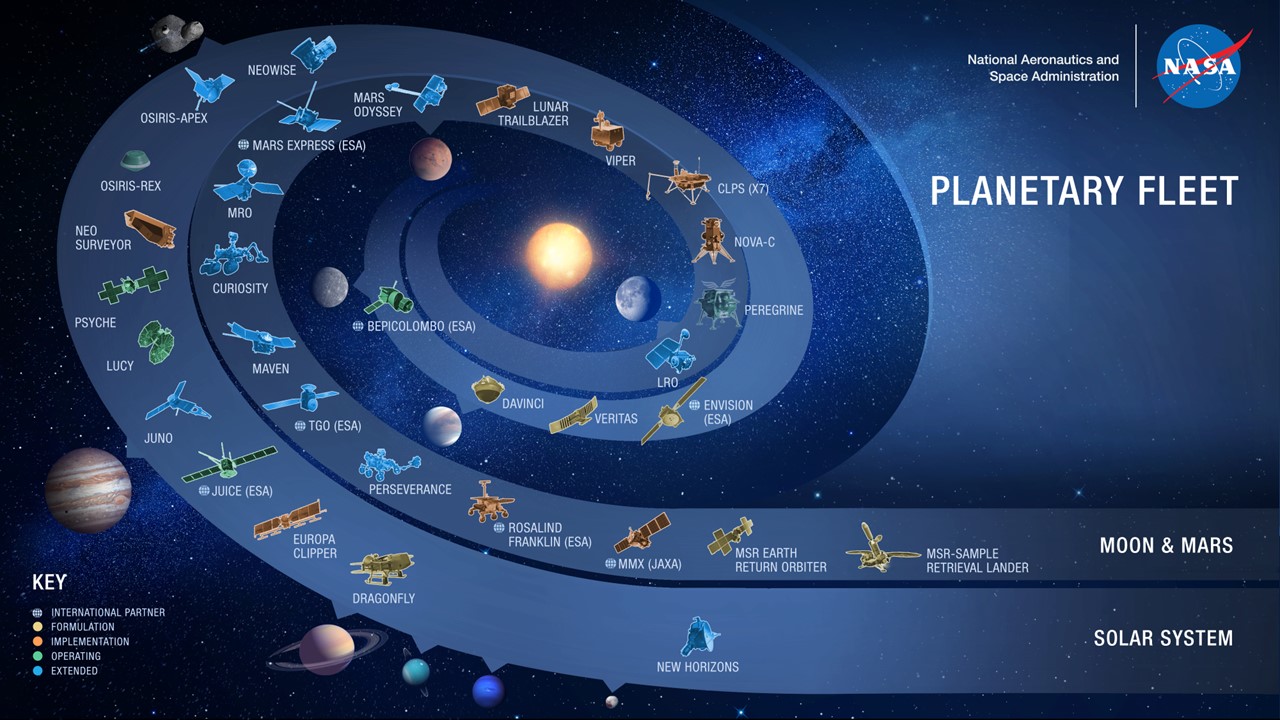
NASA missions continue to explore from the innermost planet, Mercury, to the outer reaches of the solar system, where Pluto orbits among many Kuiper Belt Objects. We have orbited and traversed the surface of Mars, finding evidence of liquid water and ancient habitable environments.
Closer to home, the Planetary Science Division uses Earth-orbiting telescopes and ground-based sensors in coordination with other organizations, including the National Science Foundation and the U.S. Air Force. These telescopes and sensors are used to survey space to detect, track, catalog, and characterize near-Earth objects (NEOs), which may pose hazards to Earth or provide destinations and resources for future exploration.
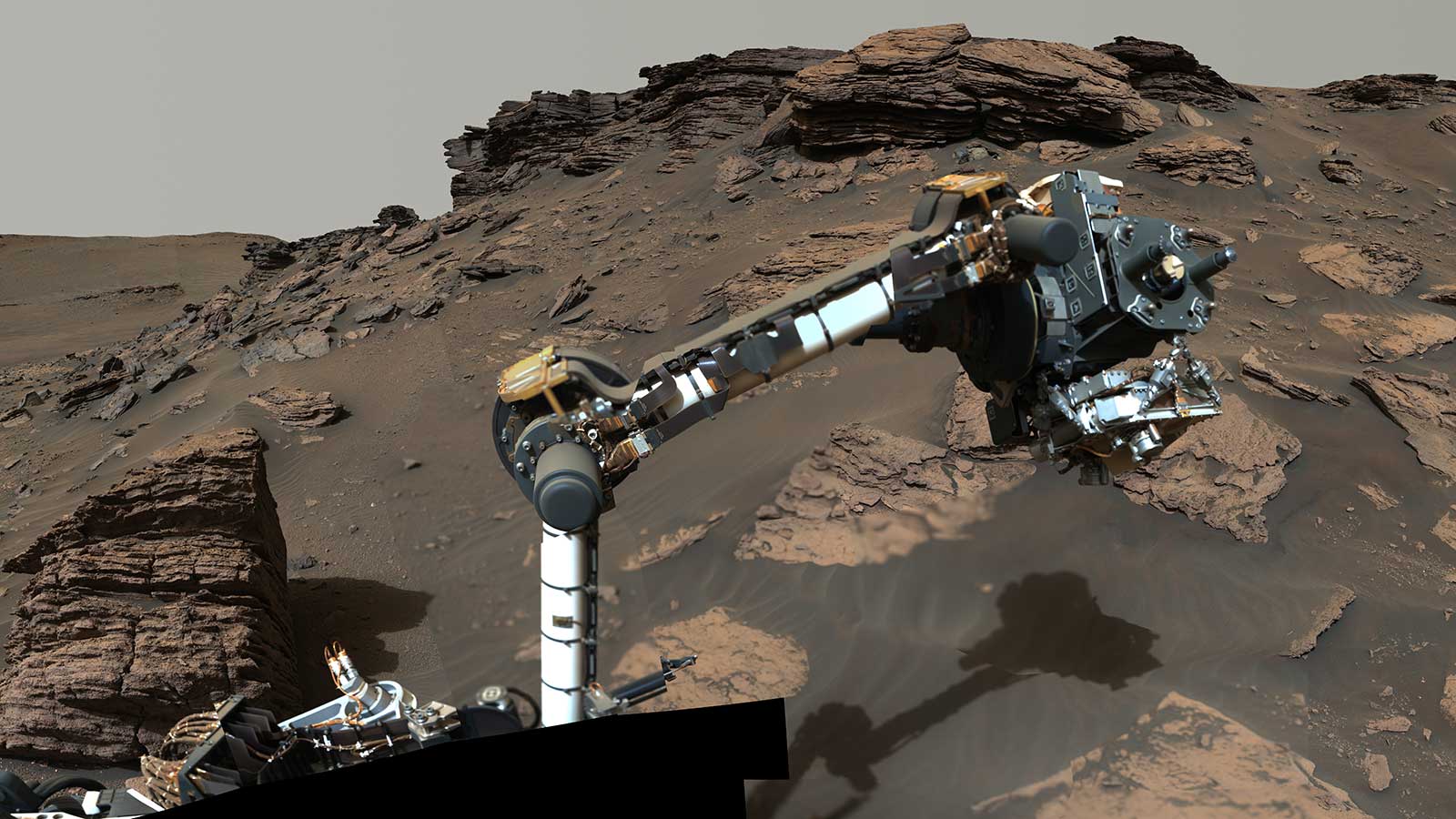
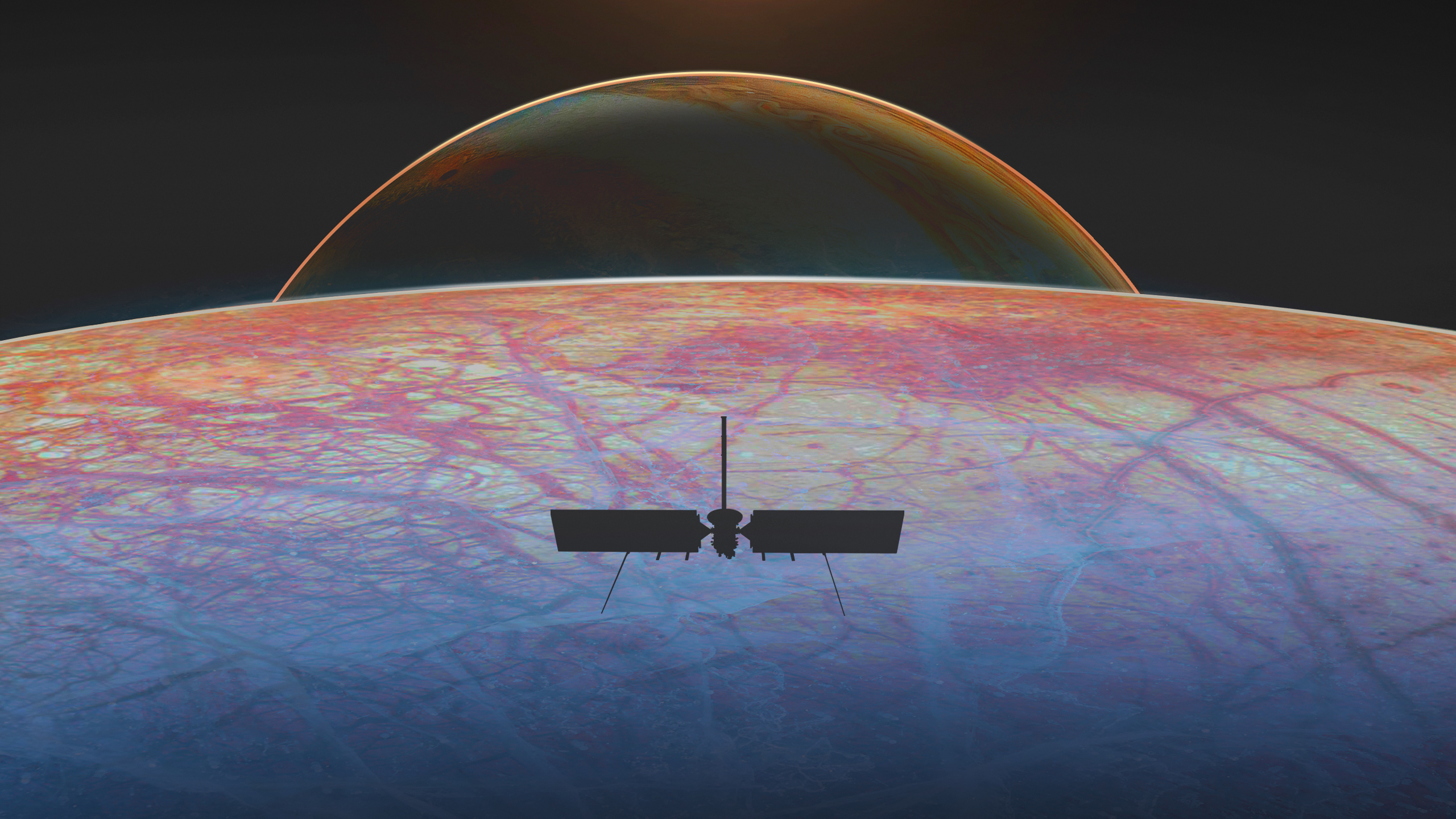
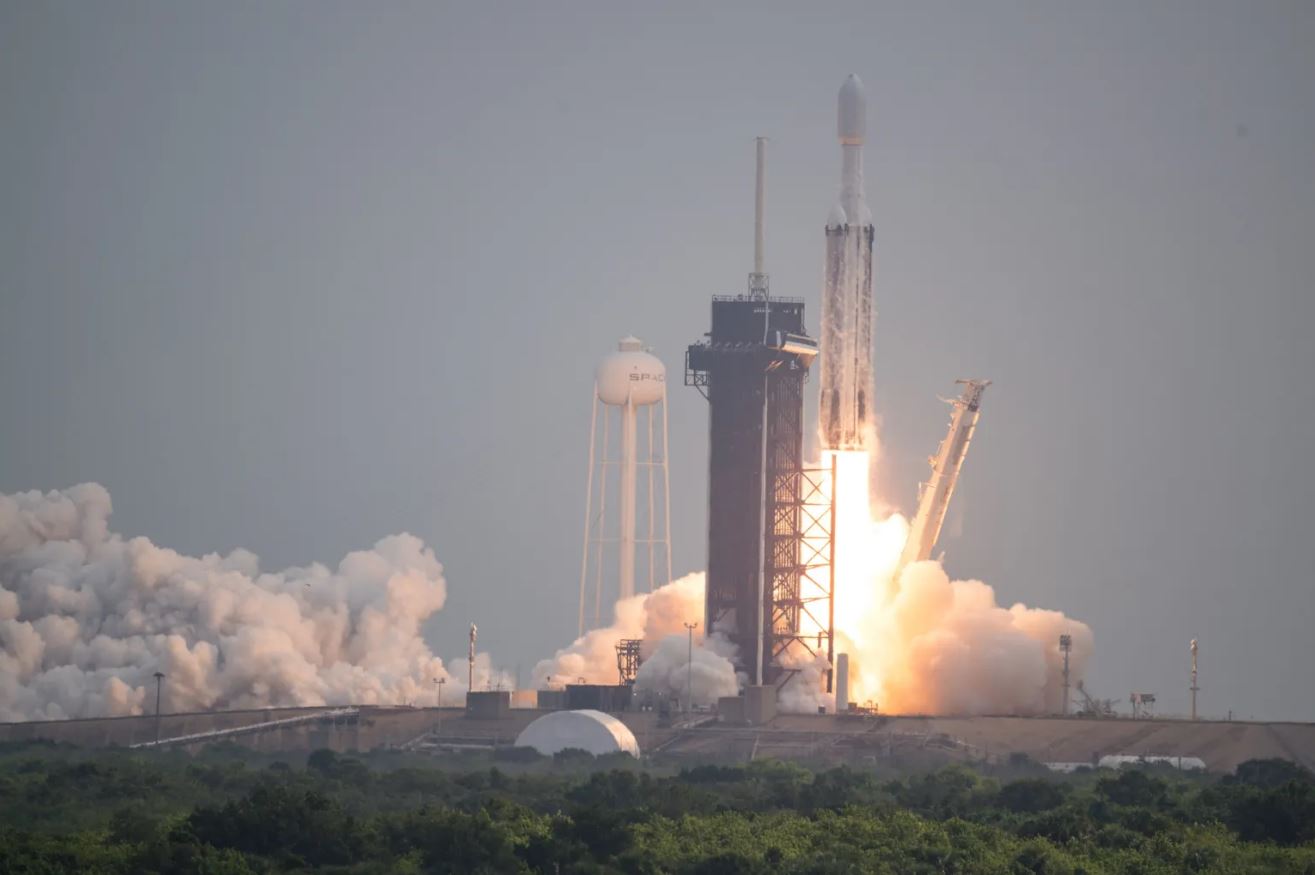
Our Solar System
Join NASA's planetary science team as we explore our planetary neighborhood: The Sun, planets, moons, and millions of asteroids, and comets.
Learn More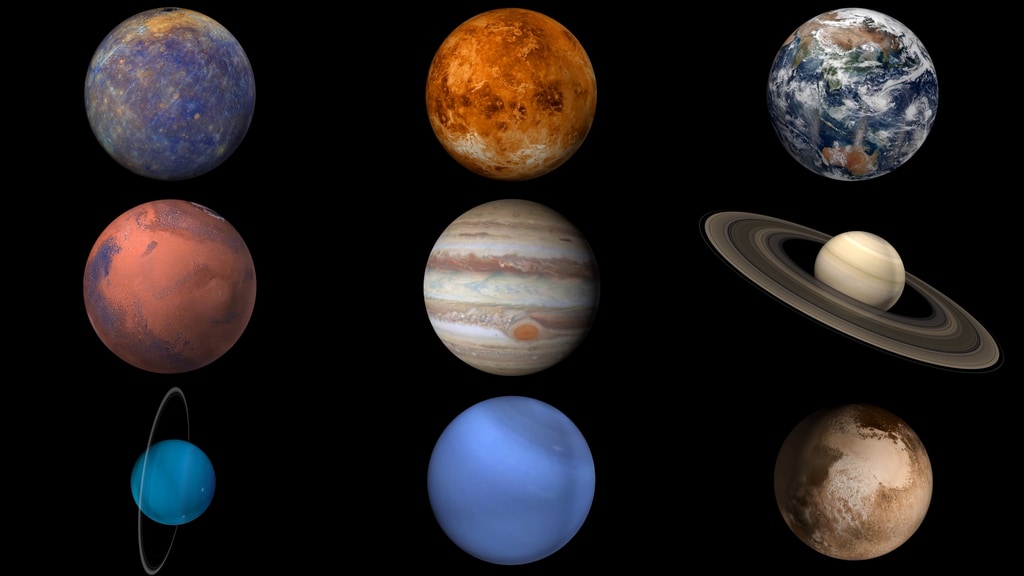
Discover more
More Planetary Science News from NASA

NASA SCoPE PI, Meenakshi Wadhwa, inducted to National Academy of Sciences

NASA Grant Brings Students at Underserved Institutions to the Stars
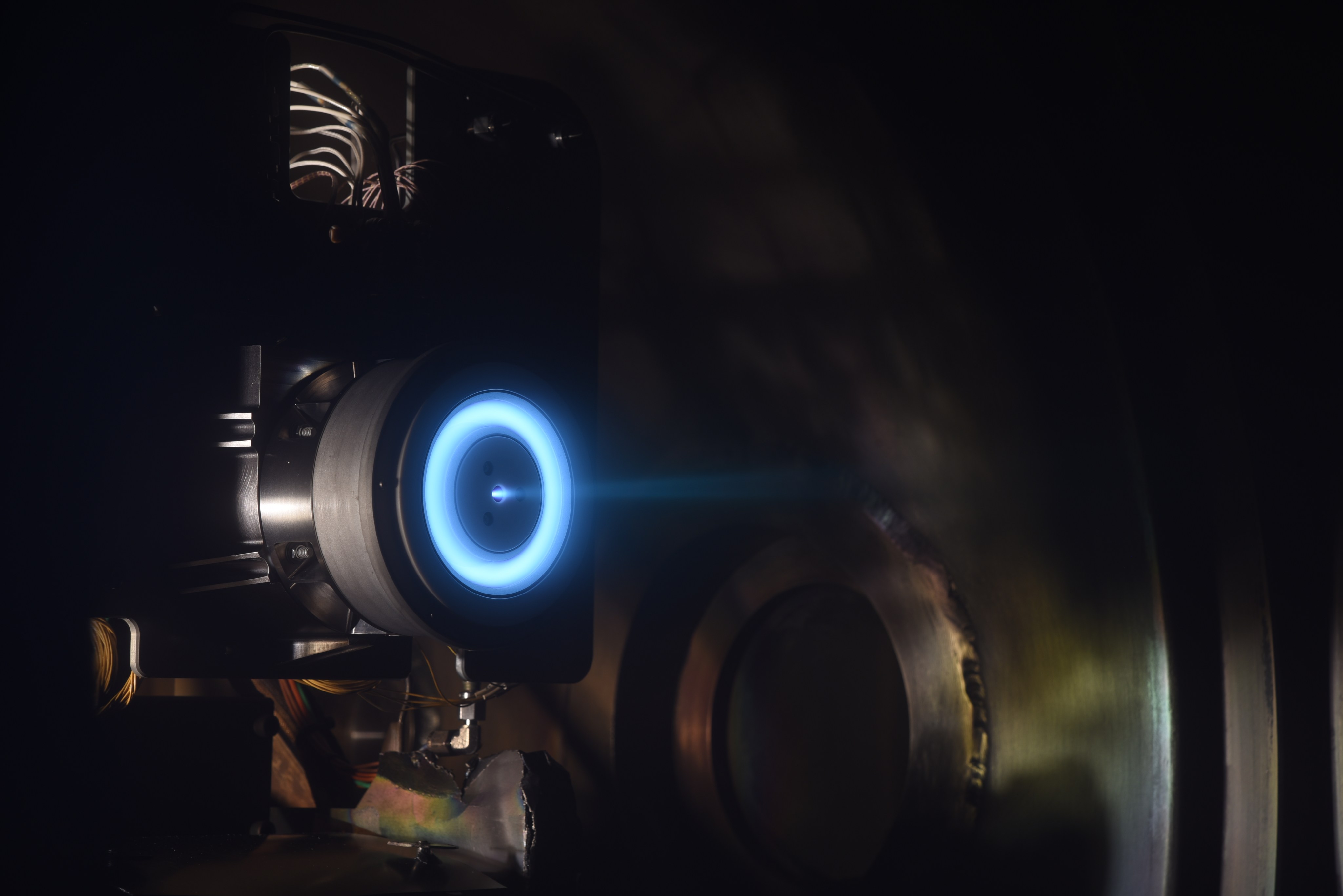
Pushing the Limits of Sub-Kilowatt Electric Propulsion Technology to Enable Planetary Exploration and Commercial Mission Concepts

NASA’s Dragonfly Rotorcraft Mission to Saturn’s Moon Titan Confirmed

